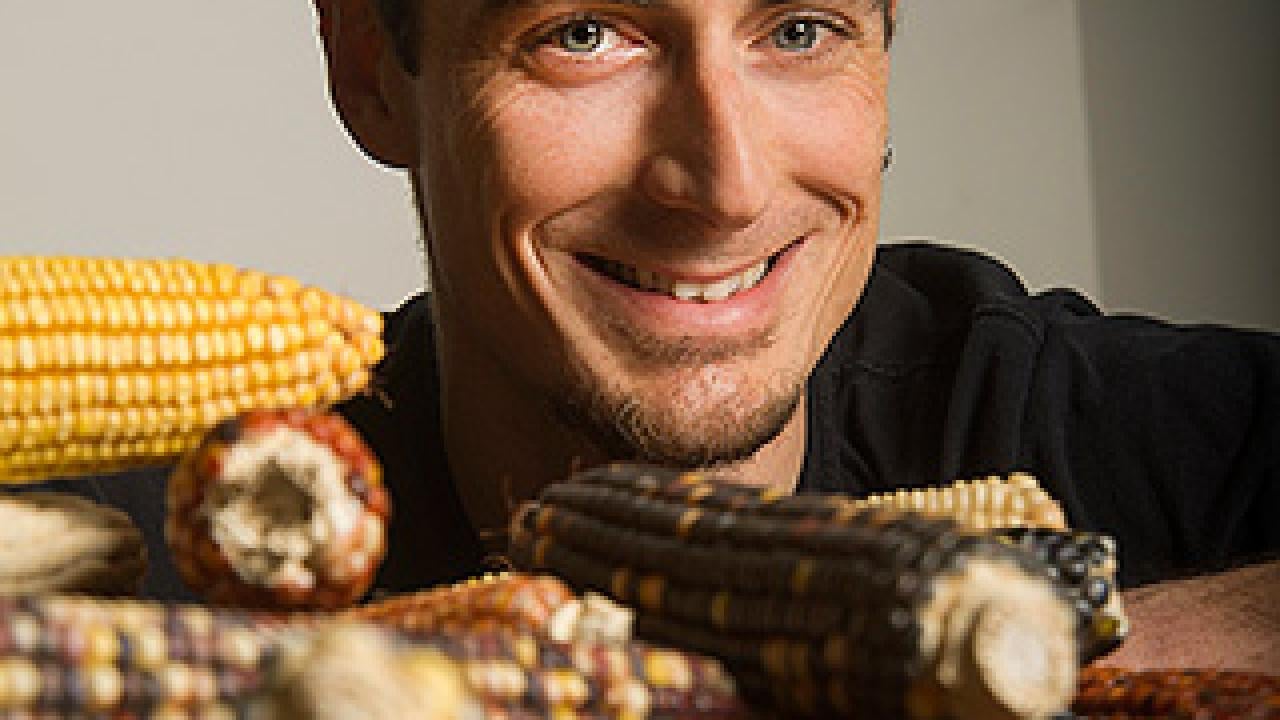After it was first domesticated from the wild teosinte grass in southern Mexico, maize, or corn, took both a high road and a coastal low road as it moved into what is now the U.S. Southwest, reports an international research team that includes a UC Davis plant scientist and maize expert.
The study, based on DNA analysis of corn cobs dating back over 4,000 years, provides the most comprehensive tracking to date of the origin and evolution of maize in the Southwest and settles a long debate over whether maize moved via an upland or coastal route into the U.S.
Study findings, which also show how climatic and cultural impacts influenced the genetic makeup of maize, are reported Jan. 8 in the journal Nature Plants and can be viewed at http://www.nature.com/articles/nplants20143.
The study compared DNA from archaeological samples from the U.S. Southwest to that from traditional maize varieties in Mexico, looking for genetic similarities that would reveal its geographic origin.
“When considered together, the results suggest that the maize of the U.S. Southwest had a complex origin, first entering the U.S. via a highland route about 4,100 years ago and later via a lowland coastal route about 2,000 years ago,” said Jeffrey Ross-Ibarra, an associate professor in the Department of Plant Sciences.
The study further provided clues to how and when maize adapted to a number of novel pressures, ranging from the extreme aridity of the Southwest climate to different dietary preferences of the local people.
Excavations of multiple stratigraphic layers of Tularosa cave in New Mexico allowed researchers to compare genetic data from samples from different time periods.
“These unique data allowed us to follow the changes occurring in individual genes through time,” said lead author Rute Fonseca of the University of Copenhagen. Researchers used these data to identify genes showing evidence of adaptation to drought and genes responsible for changes in starch and sugar composition leading to the development of sweet corn, desired for cultivation by indigenous people and later Europeans.
The international team of authors also included Bruce D. Smith of the National Museum of Natural History at the Smithsonian Institution and M. Thomas P. Gilbert, University of Copenhagen. The study was funded primarily by the Danish Council for Independent Research and a Marie Skłowdowska-Curie fellowship from the European Commission.
UC Davis is growing California
At UC Davis, we and our partners are nourishing our state with food, economic activity and better health, playing a key part in the state’s role as the top national agricultural producer for more than 50 years. UC Davis is participating in UC’s Global Food Initiative launched by UC President Janet Napolitano, harnessing the collective power of UC to help feed the world and steer it on the path to sustainability.
Media Resources
Pat Bailey, Research news (emphasis: agricultural and nutritional sciences, and veterinary medicine), 530-219-9640, pjbailey@ucdavis.edu
Jeffrey Ross-Ibarra, Plant Sciences, 530-752-1152, rossibarra@ucdavis.edu
